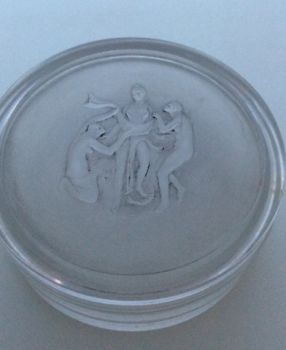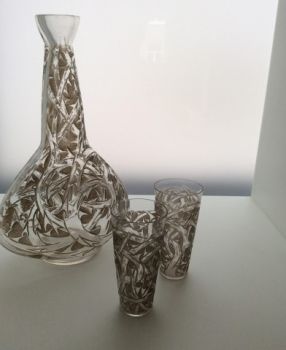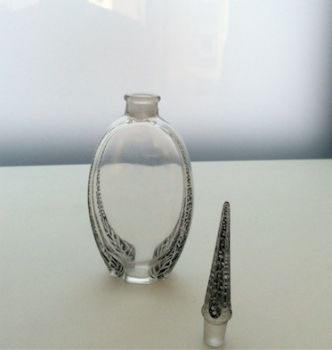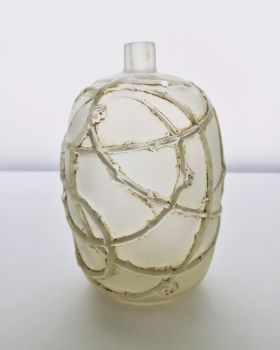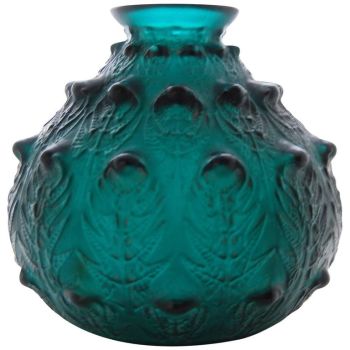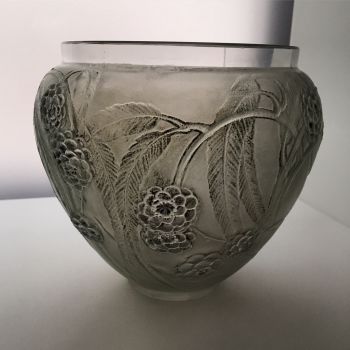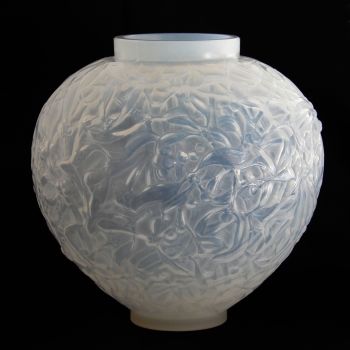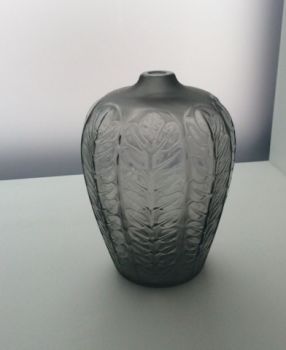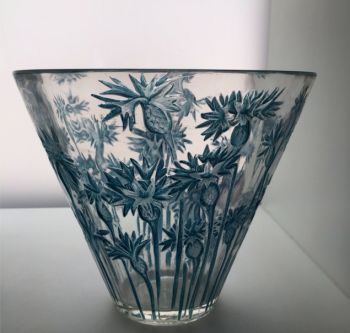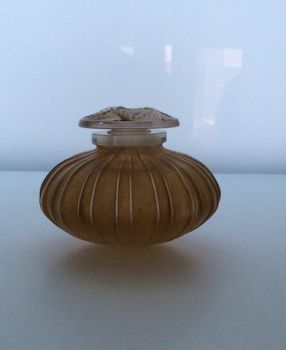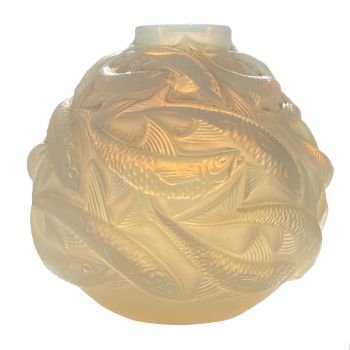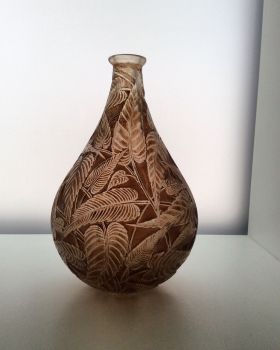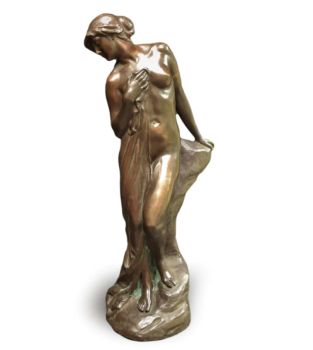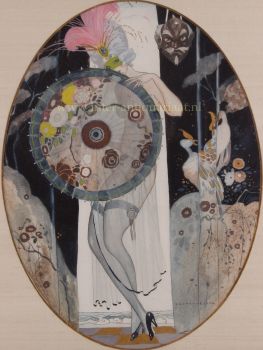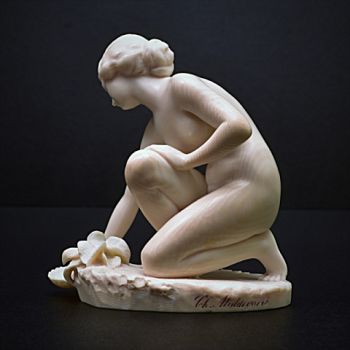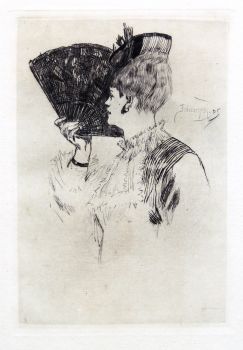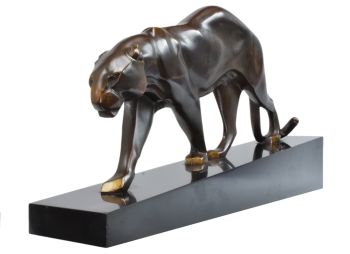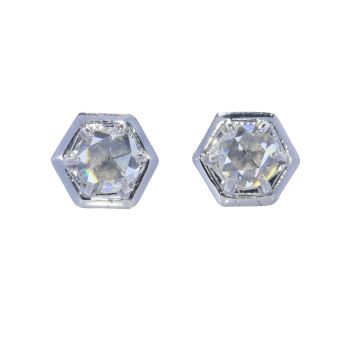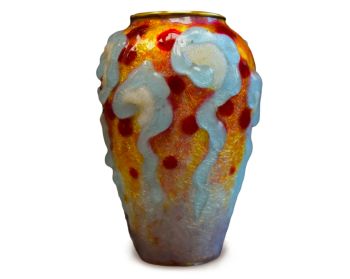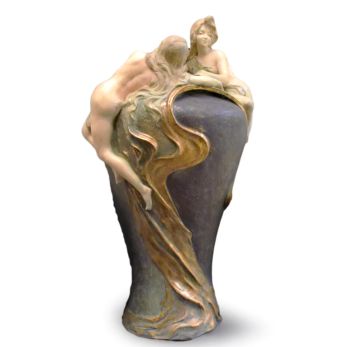Lennart Booij: an Entrepreneur in the Art World
How do you go from being a political advisor to becoming an entrepreneur and a television personality to publishing a book (pause for breath), followed by a short stint as a curator and ending up as a dealer in fine art and rare items from the first half of the 20th century? It sounds like an unconventional career path, but as Lennart Booij explains, “life is a matter of opportunities.”
Dr. Lennart Booij (1970) studied art history and history at the University of Amsterdam, during which he became actively involved in politics. Following his graduation, Booij quickly worked his way up through the PvDA (the Dutch Labour party) into becoming the advisor to the chairman, eventually making a move for the chairmanship itself.
But the party wasn’t quite ready for a rejuvenation, so Booij decided it would be best to channel his efforts elsewhere. With the help of two companions he established BKB (which stands for Booij, Klusman and van Bruggen) in 1999, a campaign and strategic advice company that raises awareness on political and social issues. In the meantime, he also hosted several television shows that dealt with current topics.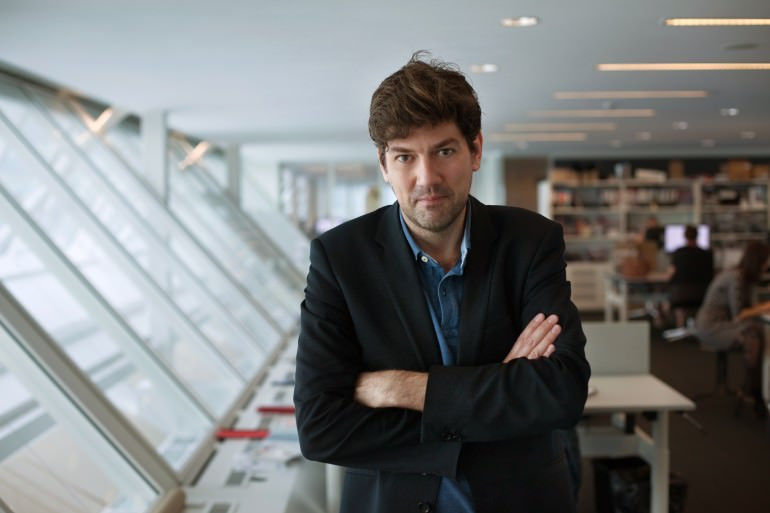
Lennart Booij, Image: Christiaan van Leeuwen.
From Politics to Art
Spoken like a true entrepreneur, Booij admitted to “losing the itch” after a while. In the hopes of re-sharpening his mind, he returned to his first love: the French decorative arts. Up to that point, his fondness of René Lalique (1860 – 1945) had been the only constant factor in Booij’s life.
“I was always interested in Lalique, but the literature is often limited to pots and pans, failing to discuss the sociological and historical aspects of such an artist and the importance of his designs in general.”
As luck would have it, it was around this time that Booij struck up a conversation with Titus M Eliëns, a respected professor within the field of decorative arts. Eliëns’ first words of advice were: “make an inventory of everything that we have of Lalique in Dutch museums”, which actually turned out to be a pleasant surprise.
After months of careful research there was enough material to write a dissertation about Lalique in the Netherlands, also covering the reception of the French decorative arts in the Netherlands, and vice versa.
Publication Cover, Image: Waanders & De Kunst.
Fast forward to 2013 et voila, ‘The reception of the work of René Lalique (1860-1945) in the Netherlands’ earned Booij a doctoral title as well as an official publication.
But the real silver lining came in the form of an exhibition at the Gemeentemuseum Den Haag, ‘René Lalique, Master of the French Art Nouveau and Art Deco’, which ran from June until November of that year.
Museum to Market
As you might have expected, Booij didn’t stop to smell the roses for too long. He immediately established himself as an art dealer, a natural sequel according to the man himself: “I was already in the business of being a collector-dealer, buying pieces only to sell them in return for something better.”
Following the publication of his research, Booij also began to receive more inquiries, which sparked his next venture: the art fair. After a successful PAN try-out in 2013, he secured his own booth for the next two years and built up a substantial customer database. Enter: the Stedelijk Museum Amsterdam.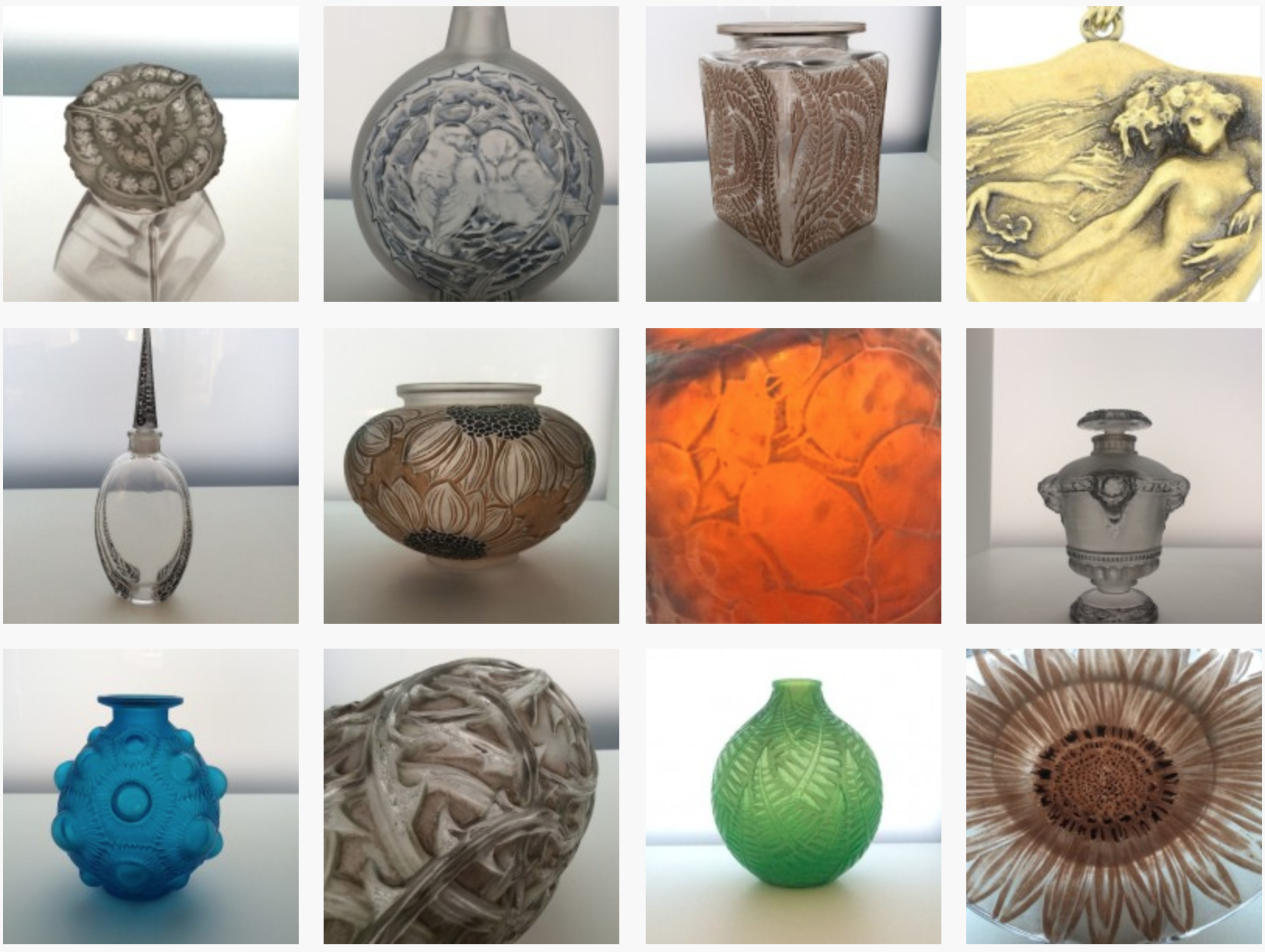
A selection of Lalique glass available at Dr. Lennart Booij Fine Art and Rare Items.
Back to the Museum
In early 2016, Booij received an invitation from the Stedelijk Museum to take up the position of curator within the design department. “I had to make an important decision about which direction I wanted to go in, but considering the immense effort that I had put into my promotional research, the museum felt like the right choice.”
Under his supervision, the exhibition ‘Dream Out Loud, Designing for Tomorrow’s Demands’ became a huge success. Then, it went quiet.
Booij admits to there being two main reasons as to why he stepped down from his position as curator by the end of the same year: “as an entrepreneur, I want to see quick results, a difficult task within the bureaucratic environment of a museum.
However, I could have overcome that problem if there had been a clear perspective. But the museum decided to focus mainly on contemporary fine art for now, forcing the applied arts and design into the background.” This meant that it would have taken at least three more years for Booij to receive another opportunity to curate an exhibition for the Stedelijk Museum.
We Make Carpets: upcycled public waste. Image: Gert Jan van Rooij.
Beyond Beauty
As of Janurary 2017, Booij is back in business as an art dealer. Having rebuilt most of his stock, he is set to bring an eclectic mix of extraordinary pieces to the PAN this November, including Picasso ceramics, early photography, and of course Lalique glassworks.
Yet what is it about these objects that have made it possible for a Jack-of-all-trades like Booij to never grow tired of them? “I have always been fascinated by what an object represents to its owner. Luxury goods like these carry a certain code of connoisseurship and an aura of uniqueness, even when they are produced in multiple editions. Something is never just beautiful.”
Does that statement still hold true today? “There are exciting developments in Dutch Design, especially considering the impact on society and the environment. But the first half of the 20th century remains my passion, because that’s when the world really modernized into how we know it today.
The business of luxury objects really took off due to mechanical advancements. But at the same time, artists were still getting top-notch art school educations, resulting in a glorious combination of individual expression with unrivaled craftsmanship.”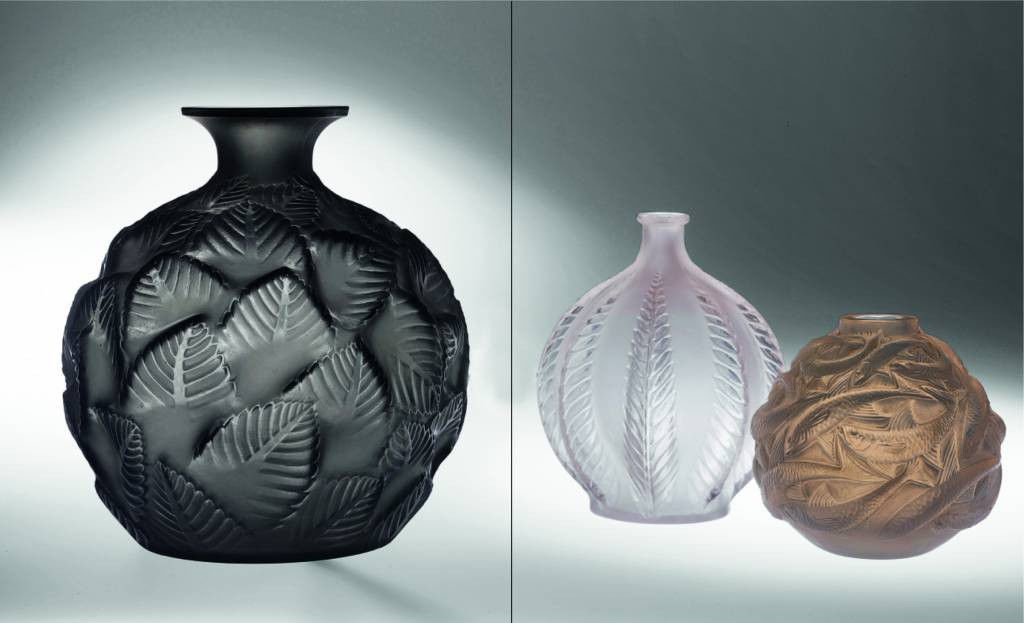
Lalique in Nederland, Image: Waanders & De Kunst.
The Retro Age
According to Booij, that kind of quality is hard to find today. “We live in a retro age; a lot of our designs have been recycled from previous eras.”
The question as to why this is the case takes a philosophical turn: “it's an uncertain time, we are all wondering about where technology and digitization are going to bring us in the near future. Taking comfort in a familiar environment seems like a very logical response.”
Sounds like another interesting dissertation topic, if you ask us.
For more fine art have a look at Gallerease, Lennart Booij Fine Art and Lalique.


